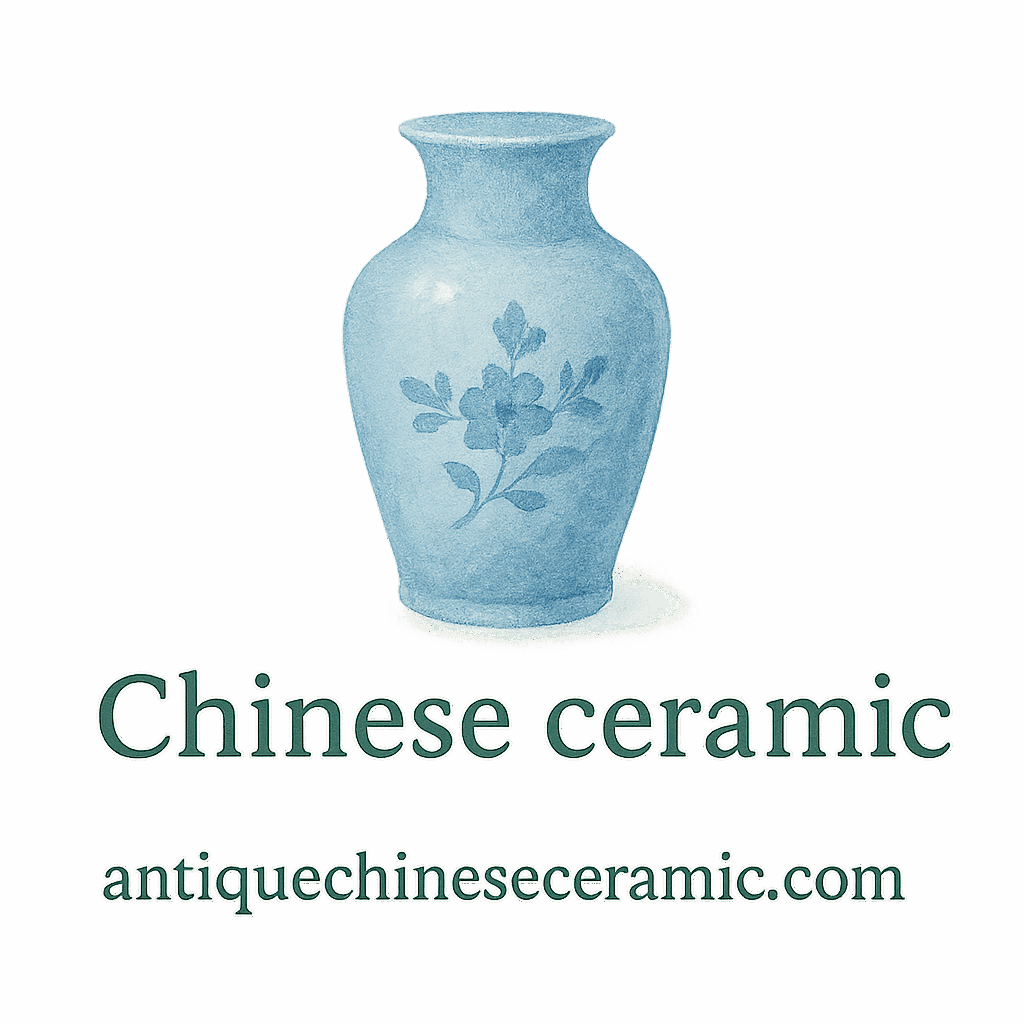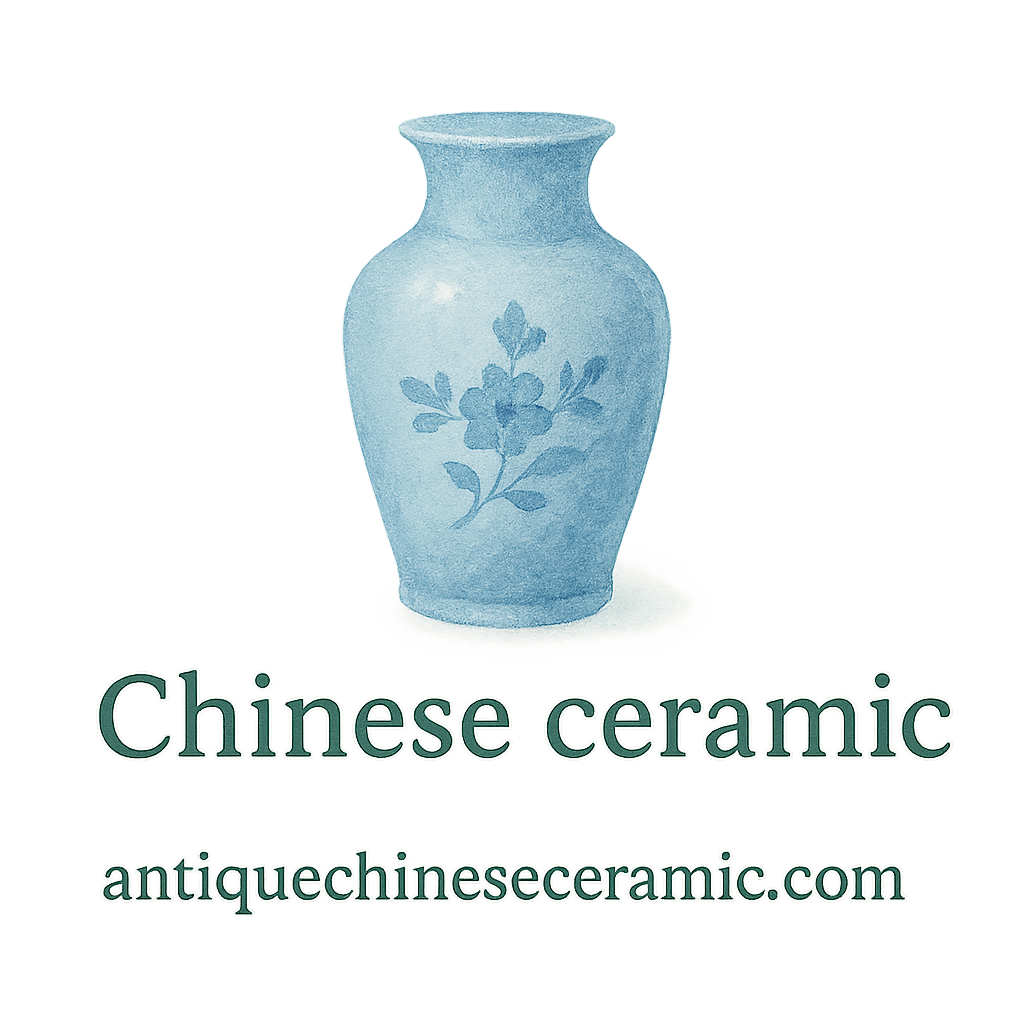Introduction to the Timeless Art of Chinese Ceramics
Antique Chinese ceramics are more than just beautiful porcelain—they’re a piece of living history. Behind every hand-painted bowl, sculpted teapot, or glazed vase lies the silent legacy of master artisans. These skilled creators not only shaped clay, but also cultural identity. Today, we’re uncovering the lives and impact of nine influential artisans whose work continues to define antique Chinese ceramic masterpieces.
Why Chinese Ceramic Artisans Matter
The Role of the Artisan in Chinese Heritage
Artisans were not mere craftsmen; they were revered keepers of dynastic knowledge. From imperial commissions to household ware, their touch influenced aesthetic values, social customs, and artistic timelines. Their signature techniques are now priceless blueprints preserved in Chinese ceramic history.
Techniques Passed Through Dynasties
Each dynasty nurtured unique ceramic methods. From Tang’s sculptural sophistication to Ming’s porcelain brilliance, the artisans’ contributions were both innovative and consistent with tradition.
1. Tao Yue: The Glaze Alchemist of Song Dynasty
Contributions to Jun Ware
Tao Yue’s secret lay in his manipulation of natural minerals. Working during the Song Dynasty, he developed the soft, lavender-blue tones of Jun ware. His glazes reacted organically in kilns—no two pieces were ever alike.
Legacy in Modern Collecting
Tao’s creations are highly sought-after in today’s ceramic collecting circles. His distinctive surface textures and unpredictability in color have become benchmarks of quality.
2. Zhang Sheng: The Sculptural Innovator of Ming Era
Signature Style and Methods
Zhang Sheng brought a new dimension to ceramic art—literally. He sculpted lifelike animals, mythological beasts, and celestial forms into his works. Every angle had a story to tell, transforming pottery into narrative.
Auction Relevance and Appraisals
Zhang’s works frequently appear in ceramic auctions, commanding high valuations. If you’re curious about estimating a Zhang original, check out this valuation guide.
3. Li Bai: Master of Porcelain Painting
Blue-and-White Ceramics Renaissance
Li Bai’s genius lay in his brush. He was among the first to perfect the iconic blue-and-white technique, painting vivid scenes from folklore and nature. This style exploded in popularity during the Yuan and Ming periods.
Preservation and Identification Today
Collectors can still identify Li Bai’s influence through brushstroke fluidity and cobalt depth. If you’re unsure whether your piece is authentic, visit our identification guide.

4. Chen Jing: The Precision Potter of the Tang Dynasty
Ceramic Containers and Their Function
Chen Jing specialized in functional ceramics—water jars, wine vessels, incense containers. His focus wasn’t just art, but storage and practicality—beautiful and useful.
Influence on Modern Ceramic Houses
Many modern ceramic houses draw inspiration from Chen’s balance of aesthetics and utility. You can spot his signature on wide-lipped jars with rich, earthy glazes.
5. Mei Lin: Trailblazer in Female Ceramic Artisanship
Breaking Barriers Through Fine Detailing
In a male-dominated artform, Mei Lin stood out with her micro-detailing. Delicate floral motifs and symbolic animal figures were her calling cards.
Feminine Symbols in Antique Chinese Ceramics
Her works celebrated femininity and fertility—a subject rarely centered in ancient ceramics. Explore more about symbolic ceramic surface elements in our tag archives.
6. Wu Daozi: The Painter Who Turned Pottery Into Canvas
Fusion of Art and Function
Originally a muralist, Wu Daozi transitioned to ceramics, applying his vivid painting techniques onto pottery. He introduced storytelling to everyday bowls and plates.
Timeline of Wu Daozi’s Impact
Spanning multiple dynasties, Wu’s techniques evolved but his brushwork stayed iconic. His timeline is a rich journey through Chinese artistic heritage.
7. Han Xuan: Guardian of Glazed Storage Vessels
Techniques in Ceramic Storage Safety
Han Xuan focused on ceramic storage vessels. His triple-glaze technique ensured safe, airtight containment—ideal for tea leaves, herbs, and spices.
Appraising Han’s Works in Today’s Market
Today, his sturdy works are goldmines for appraisers and show up often under care and preservation tags due to their enduring quality.
8. Feng Hua: The Imperial Artisan of the Qing Court
Ceramics for the Emperor’s House
Feng Hua was one of the few artisans commissioned by the Qing imperial family. He worked in the Forbidden City’s private kilns, crafting ceremonial ware with imperial symbols.
Surface Innovations and Quality Control
He introduced multi-layered glazing and high-precision firing—techniques now associated with top-tier ceramic quality.
9. Xiao Ming: The Forgotten Genius of Everyday Ceramics
Daily Containers Turned Collectible
Xiao Ming’s work was made for commoners—rice bowls, teacups, soup jars. But today, these simple items are coveted collector’s items due to their authenticity.
Recognition Through Detail and Heritage
The detail in his work—hand-carved handles, miniature dragons—represents an unsung hero in ceramic heritage.
Preserving and Caring for Artisan Ceramics
Methods for Long-Term Ceramic Preservation
If you’re lucky enough to own antique Chinese ceramics, care is everything. Store them in padded boxes, away from direct sunlight and humidity. Visit our care and preservation guide for expert tips.
Cleaning Without Compromising Surface
Avoid chemical cleaners. Instead, use soft, dry cloths or distilled water to protect the ceramic surface.
Final Thoughts on Ceramic Artisan Legacy
These artisans weren’t just potters—they were storytellers, innovators, and cultural icons. Their influence endures through modern collecting, careful preservation, and artistic appraisal. Whether you’re a collector or admirer, understanding these legacies enhances your appreciation of Chinese ceramic beauty.
Conclusion
Chinese ceramic artistry is an elegant tapestry woven by centuries of skilled artisans. Each masterpiece reflects not just technical precision but deep cultural roots. As interest in antique ceramics grows, so does the importance of honoring those who crafted these treasures with their bare hands and bold imaginations. Whether you’re curating your own collection or simply admiring from afar, knowing these names brings history a little closer to your fingertips.
FAQs
1. How can I identify an authentic antique Chinese ceramic artisan piece?
Check brushwork, glaze texture, and consult our identification guide for markers linked to specific dynasties.
2. Where should I store antique ceramics to prevent damage?
Store in dry, padded environments away from heat and sunlight. More tips are on our storage tag.
3. What’s the difference between Jun ware and Qing porcelain?
Jun ware emphasizes glaze effects; Qing focuses on painted surface and symmetry. Explore more in the ceramic timeline.
4. Can female artisans be found in early Chinese ceramic history?
Yes! Mei Lin is a great example—learn more under our heritage tag.
5. How do I appraise my Chinese ceramic collection?
Use a professional or explore our resources on valuation and appraisal.
6. Is cleaning antique ceramics risky?
It can be. Follow advice under our cleaning tag to avoid damaging valuable surfaces.
7. Where can I learn more about collecting antique Chinese ceramics?
Start here: https://antiquechineseceramic.com/collecting and check our dedicated collecting tag.


